Politicon.co
Results of the parliamentary elections in Belarus – Are there any new trends?
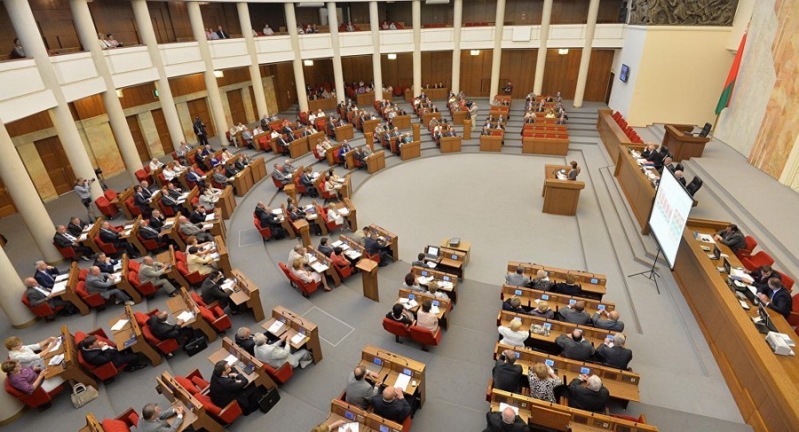
On November, 17, 2019, Belarus witnessed the end of the elections to the House of Representatives (HR; the lowest chamber of the Belarusian parliament) of the seventh convocation.
While nobody among Belarusian political experts doubts that in the case of the Belarusian Parliament we deal with bureaucratic appointments, rather than elections, there were three main intrigues related to this campaign.
The first one was the timing of the campaign. According to the Belarusian legislature, the House’s previous convocation was expected to end in summer 2020. That date would have coincided with the end of the fifth term of the current president Alexander Lukashenko. Since it was obvious that the authorities would not hold two electoral campaigns at the same time, the question arose as to their sequence. Lukashenko decided to hold parliamentary elections first, which for the Parliament meant reduction of the term of its work by almost a year. However, based on the fact that presidential elections would be held later, we could suggest that Alexander Lukashenko believes his grip on power to be very sustainable in spite of the continuing problems with Russia and deepening economic maladies.
The second intrigue was related to the number of oppositional MPs in the Parliament. In the HR of the sixth convocation, two MPs represented relatively moderate opposition. Many experts believed that the very fact of the oppositional MPs’ presence would be a sign for Belarus’s willingness to further its rapprochement with the West. For example, the head of the pro-government initiative “Minsk Dialogue” (closely related to the Ministry of Foreign Affairs) Yuheni Preiherman commented: “Election of oppositional MPs will give a point to those Western diplomats who would like to develop a meaningful dialogue with Belarus. Keeping such alternative candidates would be beneficial for the authorities”.
The last intrigue concerns the political parties’ role in the Parliament. Belarus does not have a developed system of political parties. However, in the recent yearsç political parties, mainly the pro-government ones, have very slightly strengthened their positions in the country’s political life. This issue is strongly connected with possible transformation or modernization of the Belarusian political system to ensure the formation of a power transit mechanism. Contrary to some expectations, nobody from the “genuine” opposition was elected to the Parliament. However, the situation with the political parties’ representation is quite different. The number of party members among the new MPs is record-high for Belarus under Lukashenko – 21 MPs (19.1 per cent from the total of 110 MPs in the HR vs. 16 MPs in the previous HP). There are five parties represented – the Communist Party of Belarus (11 MPs), the Republican Party of Labour and Justice (6 MPs), Belarusian Patriotic Party (2 MPs), Belarusian Agrarian Party (1 MP) and Liberal Democratic party of Belarus (1 MP).
It would be a great exaggeration to state that these parties are well-known or politically active- perhaps, with the exception of the Liberal-Democratic party- in Belarus. So, the first question to be addressed is the extent to which these results had been forged on the preliminary stage of the electoral campaign and who was supposed to be ‘elected’ – a) these very people; b) political party members in this proportion; c) these very people because of their membership in pro-government political parties. Taking into consideration the regional dimension of the election results, we may exclude the variant b – there are no party member MPs from Vitebsk and Grodno (Hrodno) regions (two of seven regions, including the capital – Minsk). It means that governors of these regions were not assigned to provide political party representation in the HR.
The table below demonstrates the results of the elections to the HR of the seventh convocation:
Certainly, the enormous disproportion between party and non-party candidates from one side and elected parties and non-party MPs is apparent. Was this disproportion a distinguishing feature of the previous elections as well?
The table below demonstrated the results of the elections to the HR of the sixth convocation:
The table shows that in general, the political parties’ participation in the voting had not grown significantly –the number of finally registered party candidates had increased by around 2 per cent. The growth in the share of elected parties’ MPs among the total number of registered candidates is even lower – around 1 per cent.
A very important tendency has revealed itself during these elections– growth in parties’ representation in the regions. Certainly, this trend is only at the initial stage, but it testifies to a certain degree of demand for the political parties in today’s Belarus. It has become apparent for the political parties’ leaders that it is impossible to make the county’s political parties life only in the capital.
30 MPs of the new HP were re-elected from the House of the previous convocation. Seven of them are members of political parties (23.3 per cent from the number of party member MPs in the previous HR and 33.3 per cent – from the new HR). Both these figures are higher than 19.1 per cent of political parties’ representation in the new HR). The differences in all these figures can serve as an indirect proof that the authorities based their selection procedure mainly on the individual activities of an MP, rather than on his/her political party affiliation. There is no regional correlation among these MPs, again conforming the presumption on individual-based criteria for selection.
The table below demonstrates the political parties’ representation in the HR of the sixth and seventh convocations:
The apparent strengthening of the ‘leftish’ Communist party of Belarus and Republican Party of Labour and Justice tells a lot about the current mental framework of the Belarusian supreme leadership.
Thus, we make the following conclusions:
- The idea of a party political system remains unacceptable for the Belarusian supreme leadership. The existing pro-government parties are perceived mainly as secondary mechanisms to support and promote leftish ideas.
- The election results support our previous conclusions that there is a demand on the lower and middle levels of the elites for political parties to serve as instruments of social and political mobility, as an opportunity to make a political career within the existing limited framework.
- In this context, the beginning of ‘regionalization’ of political parties is an extremely important indicator, since the consequences of the decline of the Belarusian social and economic model is particularly apparent in the regions. Marginalizing regional elites are more inclined to consider pro-government political parties as an opportunity, an instrument to strengthen their positions within the political system.
Definitely, the question of further development arises. One should not expect any party fractions to emerge in the HR. However, the tendency of their growing representation as well as participation is apparent. Until now, it has not been transformed into any specific agenda on the political arena. There are serious doubts that the Belarusian supreme leadership will tolerate such transformation if the existing parties attempt to grow into something bigger than an instrument of social mobility for a part of the elites.
* It is important that it was the region of Vitebsk, which does not have any political parties MPs in the HP neither of the sixth convocation, nor of the seventh convocation, which was characterized by the president Alexander Lukashenko as the region, where people “mostly voted for those candidates whom we had asked to vote for”.
![]()
- TAGS :
- Belarus
- Parliament
- Election
- TOPICS :
- Domestic affairs
- REGIONS :
- Eastern Europe
- Russia and CIS

.JPG)



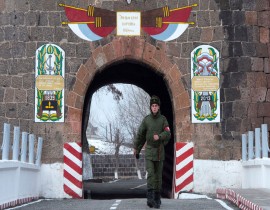
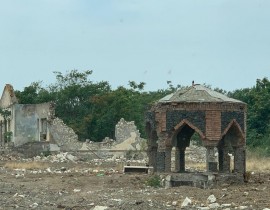
png-1748065971.png)

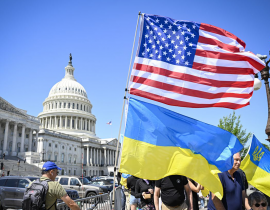
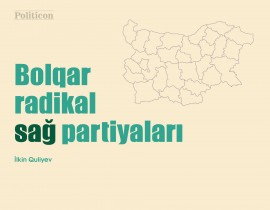
jpg-1599133320.jpg)

